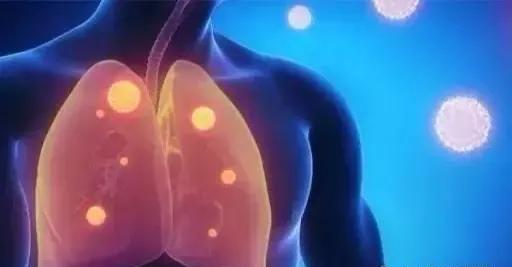With the increase in public health awareness and the popularity of CT tests, more and more lung nodules are detected. Many patients wonder: Should a lung nodule be observed or operated on? Ablation therapy provides a new option for patients.
First of all, we need to clarify what a lung nodule is. Pulmonary nodules are single or multiple lung nodule lesions that show clear boundaries, opaque images, ≤ 30 mm in diameter (> 30 mm, called masses) in lung CT, and are surrounded by air-containing lung tissue, without atelectasis, hilar enlargement, and pleural effusion.
Lung nodules are usually divided into three categories:
According to the number: divided into isolated (single nodule) and multiple (2 or more);
According to the size of the lesion: small nodules of the lungs: ≤5 mm, small nodules of the lungs: 5 mm-10 mm, pulmonary nodules: 10 mm-30 mm;
According to density: it is divided into solid nodules and sub-solid nodules, of which sub-solid nodules are divided into: pure ground glass nodules and mixed density ground glass nodules.
"Lung nodules" can contain a variety of diseases, but lung nodules are not the same as lung cancer. Only a small proportion of people with lung nodules are malignant and require further professional treatment, so the probability of lung cancer in lung nodules is still relatively low.
If a lung nodule is found during the physical examination, for ordinary people, do not panic excessively, because most of the lung nodules are benign; but do not ignore it too much, it is best to carry out some follow-up work under the advice of a professional doctor.
Lung nodules, whether to intervene, when to intervene, how to intervene, these problems need to be comprehensively evaluated for the size, number and distribution, density, morphology, growth rate, and many factors such as the patient's age, physical state, social and psychological state, etc., and weigh the pros and cons between the cost of treatment, the benefits of treatment, and the risk of non-treatment, in order to make an individualized and reasonable strategy.
From the perspective of treatment mode, surgical treatment is still the first choice and radical cure for malignant lung nodules, but if the patient is unable to operate or refuse surgery due to reasons such as age, poor cardiopulmonary function, multiple lung nodules or postoperative recurrence and metastasis, for this situation,
Ablation treatment is also a good choice.
As a local minimally invasive treatment, how is ablation therapy different from surgery? The biggest difference between ablation treatment and surgery is that the tumor is still there. Surgery is to remove the tumor, and ablation treatment is to use the heat energy generated by different physical means to transmit the ultra-low temperature to the tumor tissue under the guidance of various imaging technologies, and directly inactivate the tumor in situ. After ablation treatment, although the dead tumor is still there, the lesion may become larger at the beginning of ablation treatment because of the inflammatory response, and then as the inflammatory response subsides, the size of the lesion will gradually shrink, forming a cavity or fibrosis.
There are three main ablation treatment techniques commonly used for lung nodules, namely radiofrequency, microwave, and freezing.
Radio frequency and microwave are through the action of high-frequency alternating current or microwave electromagnetic field to quickly heat up the tumor tissue to more than 60 ° C, and it is also commonly understood that the tumor is "heat dead". The range of radiofrequency ablation is mostly circular, which is more suitable for the shape of the tumor; microwave ablation has high thermal efficiency, fast heating rate, and uniform thermal field. However, because the sensory nerves are more sensitive to heat, cryoablation is more recommended when treating lung nodules when treating them near the chest wall.
Cryoablation, in layman's terms, is the use of low temperature to freeze the tumor. The treatment involves inserting a cryo-needle into the tumor, where the extent of the tumor, ice hockey formation, and tumor necrosis can be clearly seen under image guidance. The pain and stimulation caused by the body is relatively small, and while freezing the tumor, it will not be like heat ablation, and it is easy to form a "lung cavity". Therefore, cryoablation therapy can be a good choice for patients with pulmonary nodules.
